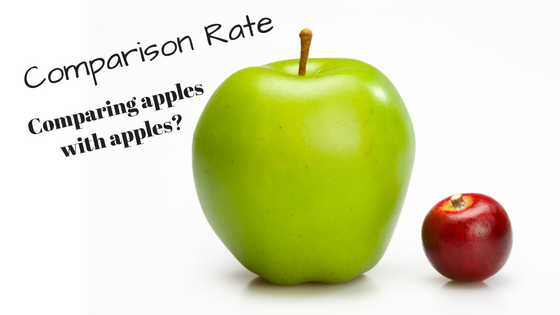What you need to know about the comparison rate…
By Shane | Uncategorized

Banks and other lenders are legally required to display a comparison rate, particularly when advertising any loan interest rate. But in the mortgage marketplace, comparison rates are often misunderstood amongst borrowers. First of all, you have to identify all that you need to know about the comparison rate and what’s included in it.
Home Loan Comparison Rate
Comparison rates were made mandatory in an attempt to discourage lenders from publicly promoting unbelievably low-interest rates that attracted unsuspecting borrower into loans that truly cost them more than they expected. This law helps you decide accordingly after being informed of the true costs of a home loan.
[activecampaign form=7]Primarily, a comparison rate is a way to help borrowers identify the actual cost of a loan. It is a rate that comprises both the interest rate and the fees and charges pertaining to a loan, combined into a single percentage figure.
Most people preferably use the loan interest rate to compare different loans. The interest rate is considered a good start, however, other costs such as establishment fees, approval fees and any upfront or ongoing fees that encompasses the overall cost of a loan aren’t taken into reason.
A comparison rate covers the amount and term of the loan, the occurrence of repayment, the interest rate, and the costs and charges associated with the loan. It is a useful tool for borrowers to compare the costs of different loans. An effective home loan comparison can guarantee that you finance your property and get the features and rates you want.
The comparison rate of a loan is a good tool, but you need a lot more. There are many costs and benefits associated with each loan from each different lending institution. For example, the ability to make extra repayments with no fee can save a lot of money by paying a loan off early. Other factors such as redraw or 100% offset can increase the value of a loan and compensate for a higher comparison rate. Get help with choosing your first home loan.
[activecampaign form=7]Session expired
Please log in again. The login page will open in a new tab. After logging in you can close it and return to this page.